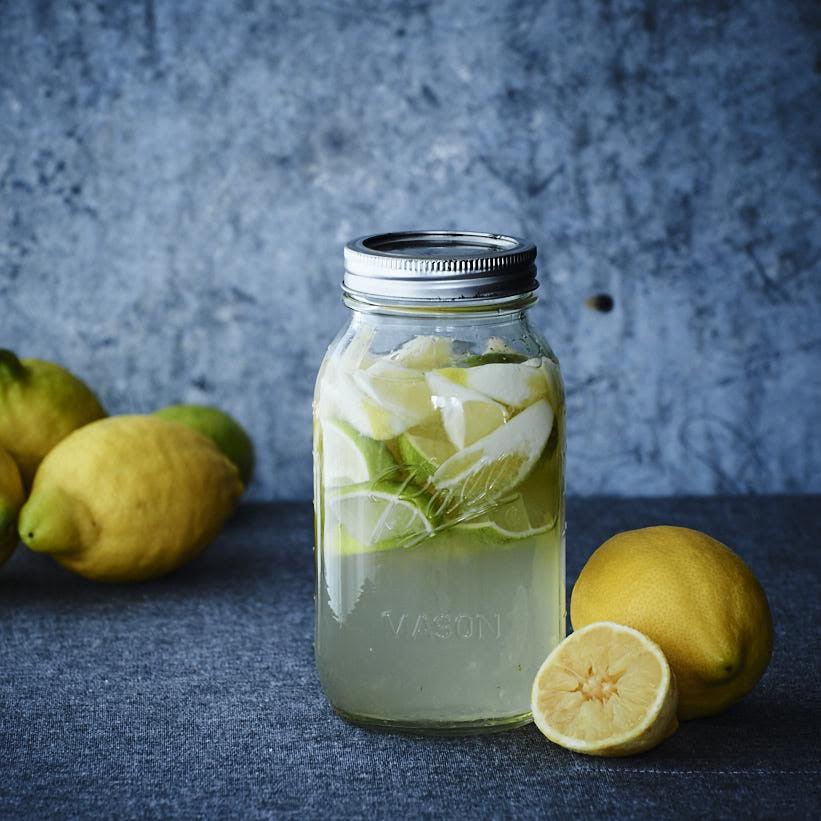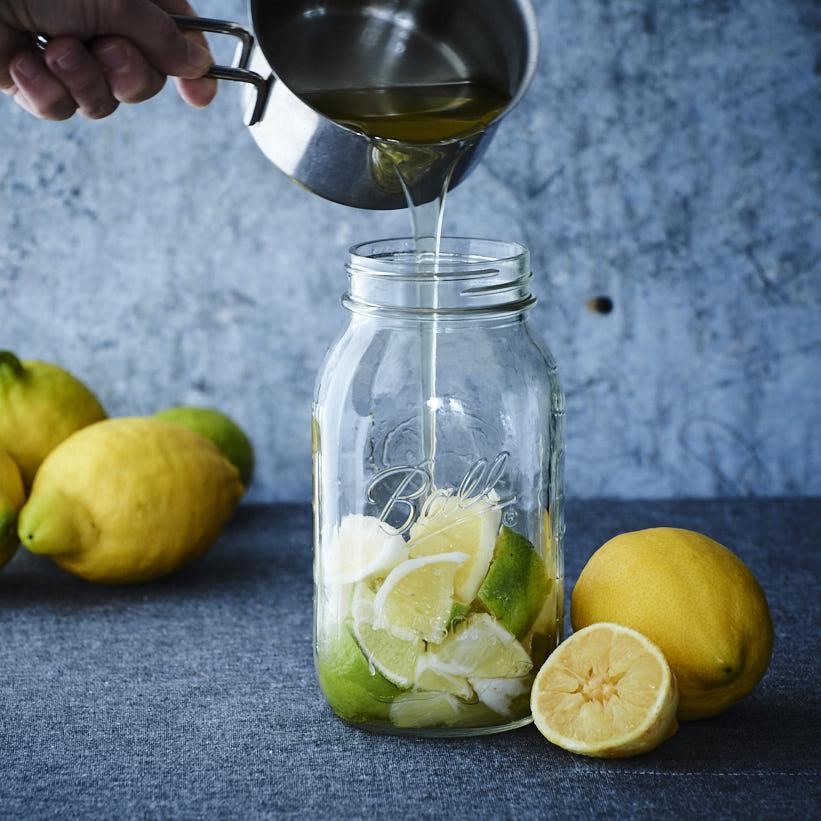
In many cultures sharing a good meal is the beginning of a friendly welcoming ceremony.
Breaking bread is a “let’s have peace and share some bread” gesture. I would like to add – please let it be…. sourdough bread.
Don’t get me wrong, making and eating bread might seem like a peaceful act, but in my kitchen there has been moments…. where it honestly looked like a war had been taking place.
I once hired a painter, who left NO spots after painting our walls all white. I know of men and women who can have gardens, farms, work shops – and not leave a spot of dirt while they are working there.
That is not me. Whether I plant tiny little herbs, paint door frames or bake bread, the traces to my activity is never (I wish…) untraceable. But I keep telling myself to ignore the process casualties and focus on the result.
Years of bread “deprivation” (in the States to begin with, and before that in Nepal) – either because I couldn’t get the right flour- or because the bread around me (in my one-eyed opinion), was so ax80ahagadq#… (That was my forehead which just landed on my keyboard, merely thinking of how boring bread can be)… zzzzzz….. Well, it just created a (close to) “bread obsession”. I simply HAD to do something about it.
Together with my husband (who is the technical wizard) we went shopping and bought a huge (heavy, I must admit) Kitchen Aid Stand Mixer. Like having a birthday on an average Monday. Oh boy. I wish I had done that, years ago. My mixer has brought new dimensions into my bread baking.
You can argue, that the contradiction in baking your own bread and the costs it involves might not be that smart after all. The key word to me here is however the quality of the daily bread. The pure joy it brings me and my family is worth every penny. I even bring homemade bread to friends instead of flowers, sometimes along with homemade marmalade, herb salt or good cheese.
Apart from all the above arguments, there is another important thing in baking your own bread. It is a process – where the outcome is not predictable, but always exciting. True, there are lots of things that can go wrong. But using the right (good quality) flour, paying attention to the temperatures the batch is exposed to and learning baking techniques, makes all the difference.
Trust me, it is not difficult to bake your own bread, but as so many other things in life, practice helps. Good luck making your own sourdough bread. You won’t regret it, once you have started.
To the recipe »














